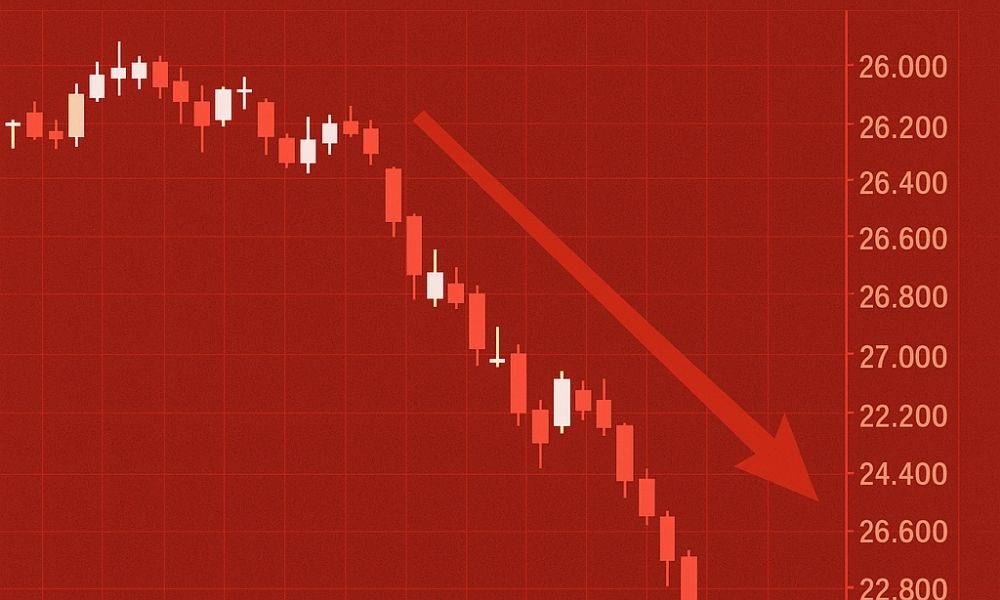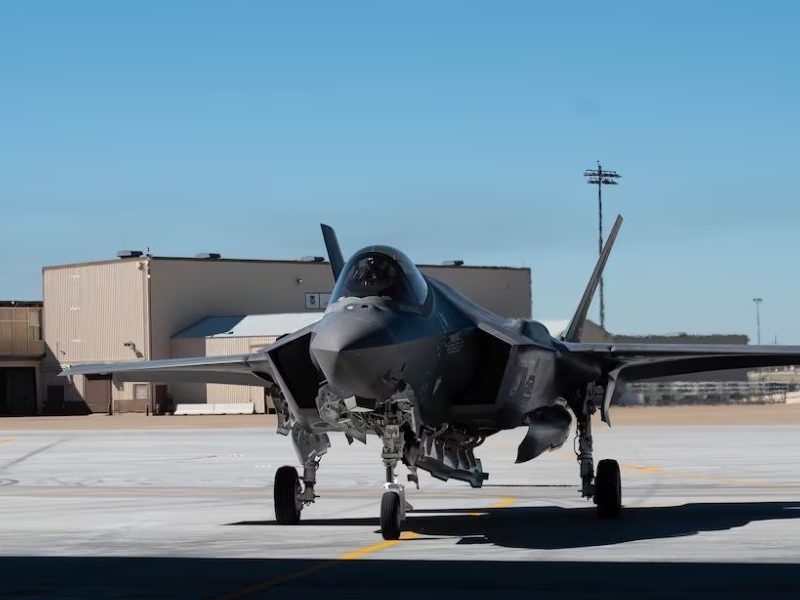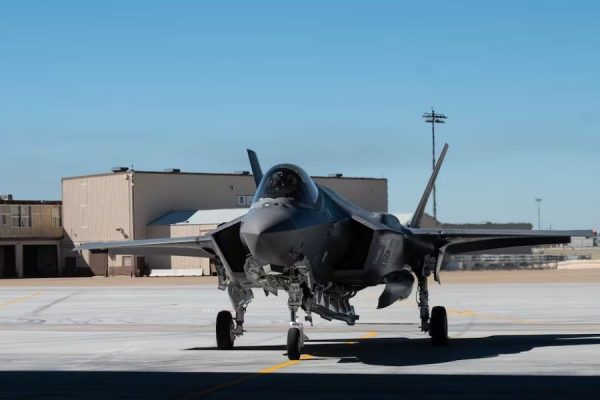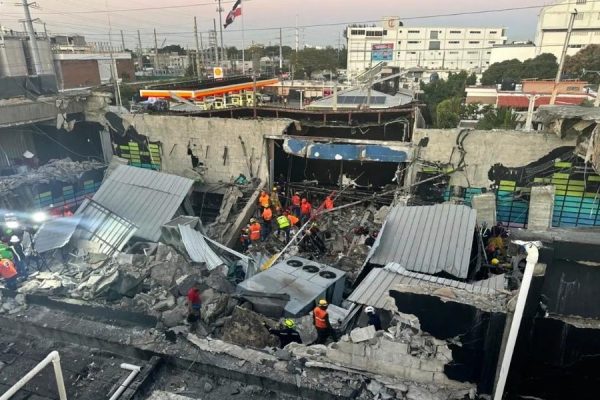TOKYO: Asian markets plunged on Monday due to rising trade tensions between the US and China.
Japan’s Nikkei dropped over 8% shortly after opening, sparking panic among investors.
The broader Topix index also fell over 6.5% after slight recovery from an earlier slump.
China’s Shanghai Composite Index dropped 6.7% after reopening following a holiday break.
China’s CSI300 Index lost 7.5%, reflecting deep concern among mainland investors.
Hong Kong
Hong Kong’s Hang Seng index opened more than 9% lower, showing extreme investor fear.
South Korea’s Kospi index dropped over 4.8% shortly after market open.
A circuit breaker halted trading for five minutes to prevent panic-driven sales.
These moves follow Wall Street’s worst two-day decline in five years.
US futures crashed Sunday, wiping out $5.4 trillion from global market value.
Trade War
The sharp global selloff began after China hit US goods with a 34% retaliatory tariff.
Investors fear deeper damage as the trade war between the US and China intensifies.
The People’s Daily said China can handle pressure from America’s tariff escalation.
The paper claimed China has learned much after eight years of US trade conflict.
Officials said China has enough tools to counter US “tariff bullying.”
Broad Fallout
China’s latest tariffs were more aggressive than its previous moves, spooking investors.
Ronald Temple of Lazard expects more nations to retaliate against US tariffs soon.
He warned that sudden tariff spikes could hurt the economy more than gradual increases.
Taiwan’s Taiex index plunged 9.7%, triggering multiple circuit breakers.
TSMC and Foxconn, top Taiwanese exporters, both fell by nearly 10%.
Pacific Losses
Australia’s ASX 200 index dropped 6.3% during morning trade.
New Zealand’s NZX 50 lost 3.5%, reflecting the regional impact of trade fears.
US markets look set to open sharply lower on Monday.
The S&P 500 is near a bear market, a 20% fall from its recent peak.
A prolonged bear market may hurt both investors and the broader economy.
Trump Shrugs
Trump dismissed concerns about the market drop while flying aboard Air Force One.
He said he didn’t try to crash stocks but offered no prediction on future trends.
Trump insisted America is stronger now and will emerge even stronger in time.
He said a trade deal with China requires resolving the trade surplus issue.
The US imported $438.9 billion from China last year but exported only $143.5 billion.
More Targets
Trump said he also wants to reduce the US trade deficit with the European Union.
He received tariff-related calls from CEOs and world leaders over the weekend.
Japanese Prime Minister Shigeru Ishiba urged the US to reduce tariffs.
Trump has placed a 24% tariff on Japan, effective later this week.
Ishiba plans to visit the US soon to explain Japan’s trade practices.
Taiwan’s Plan
Taiwanese President Lai Ching-te vowed to negotiate for the removal of mutual tariffs.
He said Taiwan would buy more US products to ease its trade imbalance.
Taiwan’s defense ministry released a military procurement list for US purchases.
Lai said Taiwan contributes significantly to the US economy and wants that recognized.
Barclays economists have lowered growth forecasts for Asia due to rising trade risks.












